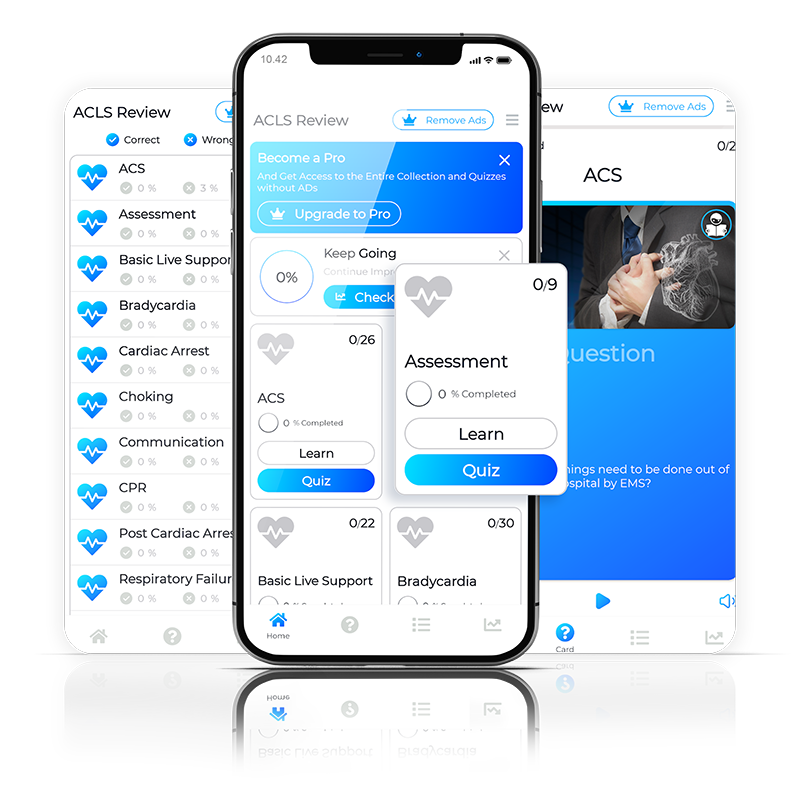how to pass acls
http://aclsstudyguide.comTo successfully pass the Advanced Cardiovascular Life Support (ACLS) course, a thorough understanding of the algorithms and guidelines set forth by the American Heart Association is essential. Doctors preparing for the ACLS exam should familiarize themselves with the core concepts, including the recognition of cardiac arrest, the initiation of high-quality CPR, and the timely use of defibrillation. Mastering the algorithms for both adult and pediatric patients is crucial. Each algorithm provides a step-by-step approach to managing different cardiac emergencies, including tachycardia, bradycardia, and acute coronary syndrome.
Practicing the skills associated with ACLS is equally important. Simulation-based training allows doctors to apply theoretical knowledge in a controlled environment, enhancing both confidence and proficiency. Engaging in mock scenarios that replicate real-life emergencies can help identify potential areas for improvement. Participants should focus on effective teamwork, communication, and leadership during these simulations, as these skills are essential in actual clinical situations. Understanding the roles of each team member during a code blue is vital for a seamless response.
Familiarity with the pharmacological agents used in ACLS is another key component to passing the course. Doctors should be well-versed in the medications indicated for various emergencies, including epinephrine, amiodarone, and adenosine. Knowing the appropriate dosages, routes of administration, and potential side effects will get more info not only aid in passing the exam but will also enhance patient care in real-life scenarios. Additionally, staying updated with any changes in guidelines or recommendations can further bolster a physician’s knowledge base.
Another critical aspect of preparation is studying the rhythm identification portion of the exam. Being able to accurately interpret ECG rhythms is essential for effective management of cardiac arrest. Doctors should practice identifying common arrhythmias, including ventricular fibrillation, pulseless ventricular tachycardia, and atrial fibrillation. Utilizing resources such as rhythm recognition apps or attending review courses can help reinforce this knowledge. Regular practice with rhythm strips will enhance accuracy and speed in recognizing life-threatening conditions.
Finally, self-assessment through practice exams can help gauge readiness for the ACLS certification test. Many resources are available that offer sample questions and scenarios similar to those encountered in the actual exam. By reviewing these materials, doctors can identify their strengths and weaknesses, allowing for targeted study efforts. It is also beneficial to form study groups with peers to discuss various scenarios and test each other's understanding of the algorithms. By engaging in collaborative learning, doctors can enhance their retention of critical information and ultimately improve their chances of passing the ACLS exam.
